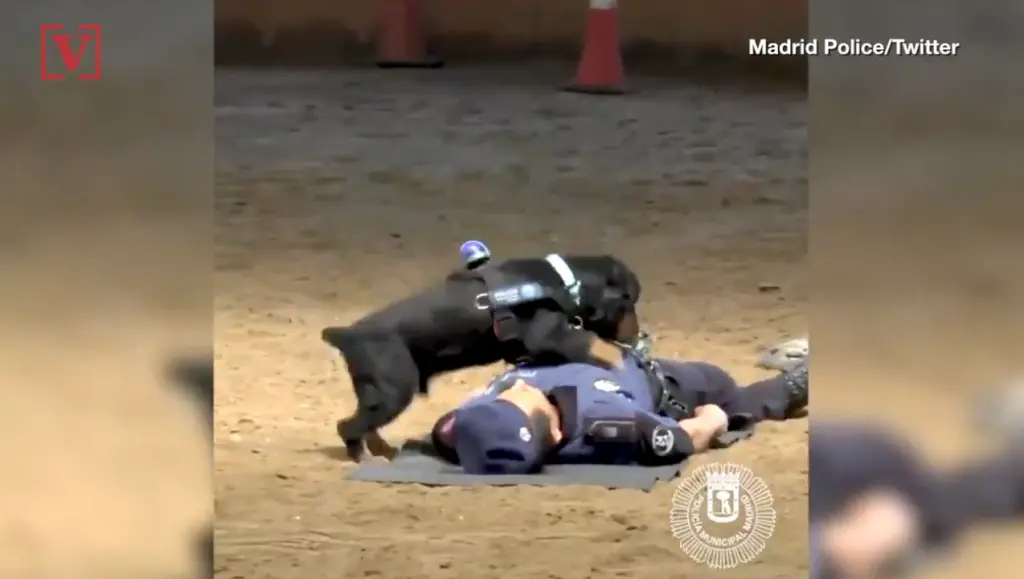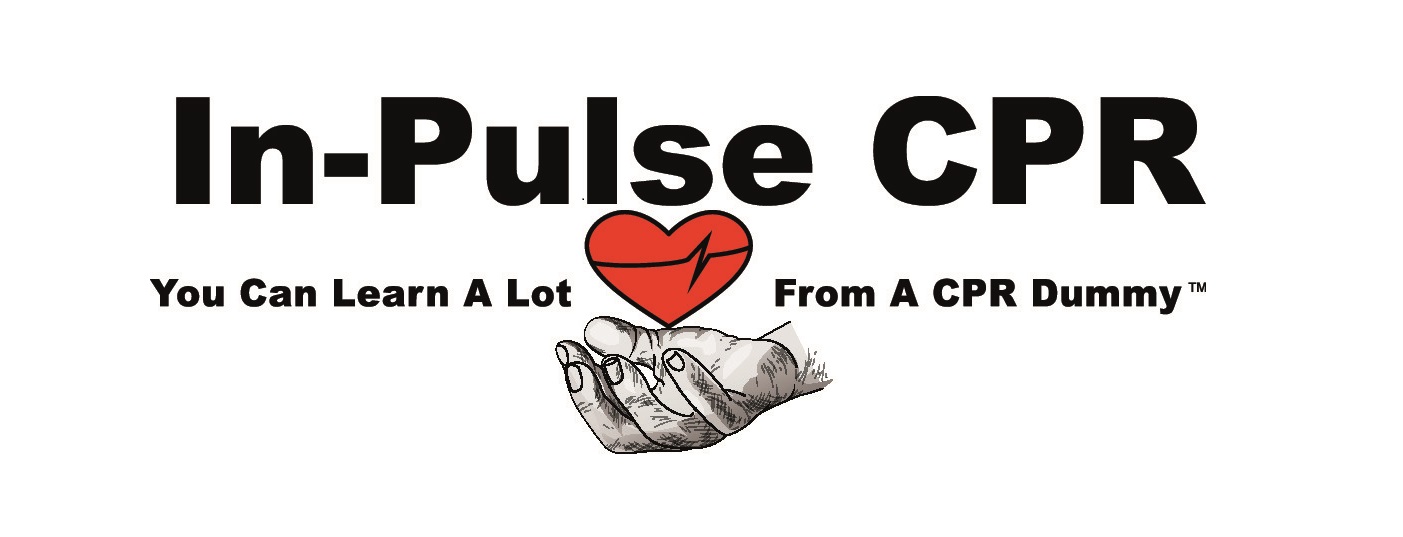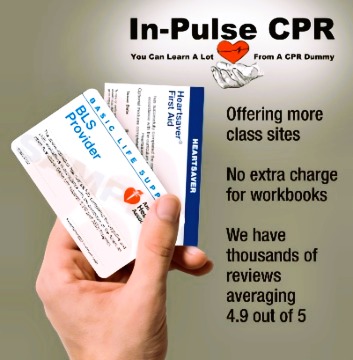Philadelphians this is why It Is Important to Learn CPR

One video recently went viral that showed Poncho, a police dog, providing CPR. The devoted canine from Madrid Spain performs the procedure on his handler who has pretended to pass out. First, the frisky canine jumps on the handler’s chest, then listens carefully to his breath.
Even Dogs Know the Benefits of CPR
The valiant canine continues by repeating the CPR process. The video, which, indeed, received a great deal of feedback—1.7 million views in only three days—emphasizes the dynamics of CPR. Even dogs know that CPR is a life-saving procedure.
That is why everyone—young or old, regardless of his or her station in life—should learn all the basics of cardio pulmonary resuscitation. CPR is not designed only for medical professionals. Everyone should know what to do if another person is suffering a heart attack or a similar respiratory emergency.
According to statistics, about 80% of cases involving cardiac arrest occur at a public place or in the home. In many of these cases the bystander has no medical CPR experience. He or she may either be a relative, passer-by, or colleague. If any of these non-medical people could provide CPR to a victim, the chance of survival would substantially increase.
Why Learning CPR Can Make All the Difference
If a dog can learn the dynamics involved in the CPR process, a human can too. Once the heart stops beating or the circulation stops, a person loses consciousness in about 15 seconds. In the next 60 seconds, the brains cells begin to die and can be irreversibly damaged if a life-saving measure, such as CPR, is not applied.
Whether you know a cardiac patient who is a loved one or you are involved in a sport in Philadelphia, knowing CPR is a necessity. As noted, everyone should learn more about the life-saving procedure. To integrate yourself into a CPR educational program, you first need to define CPR. CPR or cardiopulmonary resuscitation is a process that is performed during an emergency situation. Because CPR is performed on a victim whose heart has stopped, the idea behind the procedure is to prolong lung functioning and circulation until emergency help arrives.
Ventricular Fibrillation
Just over 600,000 people in the U.S. die from heart disease annually. Half of the people die immediately, or away from a hospital because the heart stops beating and cannot be revived. As a result, the most frequent cause of death, when a heart attack occurs, is ventricular fibrillation. Ventricular fibrillation happens when the electrical rhythm of the heart falls out of sync.
Usually, this type of arrhythmia is treated by defibrillation. Defibrillation requires an electrical shock to the chest. If a defibrillator or an AED (automated external defibrillator) cannot be easily accessed, brain death can occur in under 10 minutes.
Needless to say, if a defibrillator or AED (automated external defibrillator) is not easily accessible, you need to buy some time. Because time is of the essence in this case, you can use CPR. CPR provides artificial breathing when you cannot treat a victim with an AED device. The earlier CPR is applied to anyone who is not breathing, the better the chance for resuscitation and survival.
Defibrillation – Part of the Survival Link
When defibrillation is performed, the victim receives an oxygenated flow of blood – part of a link in the chain of survival, used to treat victims of a sudden cardiac arrest or SCA. The first link in this “chain of survival” (coined by the American Heart Association) is recognizing an SCA and activating an emergency response by calling 911 or a community emergency response number.
The next link is to perform CPR or applying chest compressions and breaths or compressions only. After CPR is performed, the next link involves providing rapid defibrillation or using an AED. Professional emergency medical services (EMS) are the next link in the chain of survival and emphasize the use of advanced life support, including breathing and airway accommodation, medicines, and in some instances, hypothermia. Follow-up care s then provided for the survivor.
It typically takes first responders about eight to 12 minutes to respond to an emergency. For every minute that defibrillation is delayed, the chances for survival drop by about 10%. Because SCA is a leading cause of death in the U.S. as well as the world, it is important to learn both CPR and AED use.
Initiating Yourself to the Lifesaving Process
To initiate yourself to lifesaving though, you need to learn the basics of CPR first. By taking this step, you will find the transition to AED training progressive and logical. CPR is an extremely crucial component in the chain of survival, as it gets the whole emergency response process activated.
When a person is going through cardiac arrest, no blood flow or pulse are evident. In turn, the victim becomes unresponsive and stops regular breathing. If a person does not respond to touch or the voice of a responder, he or she is unresponsive. Call 911 before performing CPR or using an AED. If an AED is available, you should press the “on” button immediately. The AED will provide the directions for using the device.
If an AED is not readily available and you can perform CPR, you need to respond instantly. Today, the American Heart Association (AHA) has simplified the process by the teaching of hands-only CPR. This form of CPR does not require the use mouth-to-mouth resuscitation. Some people are averse to performing mouth-to-mouth resuscitation, as they are fearful about contracting a health ailment or infection.
How to Perform Hands-only CPR
The procedure for learning hands-only CPR is basic and simple. Therefore, people do not have any excuse not to learn it. You just need to follow the several key steps.
- If you are a bystander who knows hands-only CPR and see someone collapse, you first will check for responsiveness. Call 911 or have someone call 911 and begin chest compressions if the person is unresponsive and is not breathing normally.
- To perform CPR in this manner, place the heel of one hand of the center part of the victim’s chest and place the heel of the other hand over the first hand. Your shoulders should be positioned directly above the hands and the elbows should be locked in place.
- Press down on the center of the chest, using enough force to cause the breastbone to sink to a depth of about two inches.
- Compress the chest 30 times at a pace of around 100 to 120 times per minute, or just a bit more quickly than once each second. The chest should completely recoil between compressions.
Hands-only CPR or compression-only CPR can easily be performed by an untrained bystander at an emergency that is untrained. People who are trained to perform CPR, which includes breaths or mouth-to-mouth, should perform a cycle of 30 compression followed by two short and quick breaths.
While learning basic CPR covers lifesaving for adults, you can also receive training in providing CPR for infants. This approach is basically the same. You just need to remember the acronym CAB when performing any type of CPR. CAB is an acronym that stands for compressions, airways, and breathing – a helpful reminder when compressions and rescue breaths are used.
Learn CPR in Philadelphia
Philadelphians can make a large difference in their lives and the lives of others by committing themselves to learning CPR. You do not have to be a medical expert to take CPR training. All you need to do is devote a small portion of your time to learning the process. That small amount of time can mean life for someone else in an emergency. There are many classes near you offered by the American Heart Association in partnership with In-Pulse CPR. Take the initiative and sign up for a CPR class today.
Sources:
https://www.redcross.org/take-a-class/aed/using-an-aed/what-is-aed
http://www.sca-aware.org/community-cpr-aed-programs
Video –




